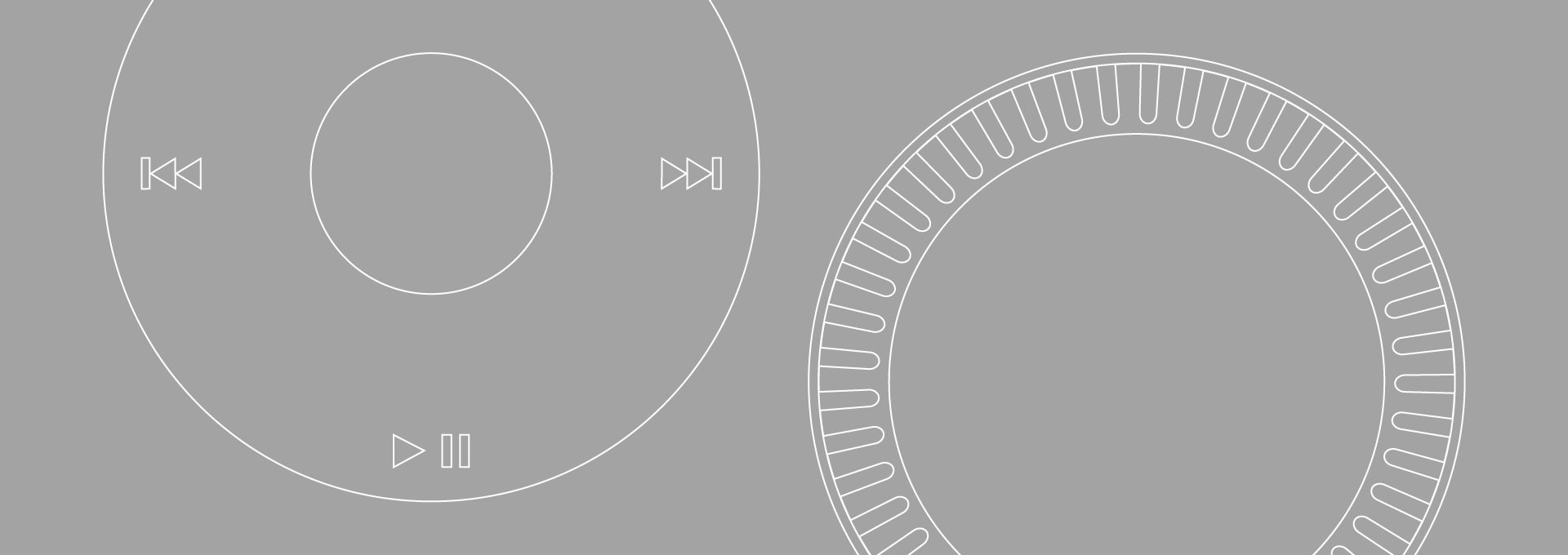September 10, 2014
An iPod for your iPhone

The newly-announced Apple Watch is a curious fusion. It blends ingredients of both an old and a new version of the largest company in the US: On one hand, it’s a throwback to the days when Apple experimented with products designed not to change your life, but to improve a very specific facet of it. On the other, it is loaded with subtle signals of a substantial change in the way Apple approaches the market. It is simultaneously an extension of the iPhone in the same way the iPod was an extension of the Macintosh, while charting a fascinating new direction for the post-Beats-acquisition Apple.
On repeat
The iPod was, in the big picture, not a game-changer. It was not a product that would usher in the digital age of several creative industries like the Mac did, or kickstart a variety of entire markets and even subcultures as did the iPhone. It was not a product that would enable you to do amazing new things like instantly translating words on a sign, but one that would simply take something you already do, listening to music, and make it slick, seamless, and more fun. It was a device that nobody needed, but one that millions grew to want.
In this way, the Apple Watch seems to closely follow the iPod playbook. Despite what many industry watchers have breathlessly proclaimed about the dawn of the wearable era, one would be hard-pressed to call the Watch, or indeed any smartwatch a socio-technological shift on the level of the smartphone or the tablet. At the end of the day, all of them – Pebble, Android Wear, and now even the Apple Watch, are conceived of purely as extensions of the smartphone. By and large, they enable new modes of doing the same things you could do with a smartphone, where the smartphone enabled you to do new things altogether.
And that’s not a problem, at least for Apple. Because this time, they’re trying what appears to be an entirely new strategy to out-iPod the iPod.
The category path
“New product categories” were the enigmatic, ear-perking words with which Tim Cook teased the Apple Watch (among other things) earlier in the year. But beneath the glossy presentation of a new Apple product and category, between the lines of the messaging both verbal and visual, is where a new, uncharted Apple becomes apparent.
Each “new category” Apple has entered over the past thirteen years has seen the debut of a product with a singular cachet. The first iPods, at $400 (almost $540 in 2014), grew to become a pop-culture icon of consumer tech luxury, until the $250 iPod mini, and ultimately the $99 Shuffle, made them accessible to the mass market. The iPhone, introduced at the $400 price point on contract, was most visibly adopted by tastemakers for whom the Motorola Razr had become culturally and economically diluted, only to eventually have its past models offered free on contract. Even in a world with a 5.5″, gold iPhone 6 Plus, the mere presence of the cracked-glass iPhone 4 toted by a broke college student dilutes the iPhone’s cachet from its cultural height.
Built to last
It seems that Apple is attempting to build a new business that is immune to this dilution. An unabashed luxury (though as always, attainable luxury) sub-brand. If its desktop computer and mobile device segments sell you beautifully-designed options for things you need, Luxury Apple sells you the things you don’t need, but want.
It’s written all over the details. The new typographic standards, abandoning friendly Myriad for the more sophisticated and transatlantic DIN, all-caps at that. The new industrial design language that dispenses with the practical surfaces and materials of Apple’s computing hardware and adopts the language of jewelers, with not-entirely-necessary engraved detail text, mirror-finish metals, and extensive, first-party customization with the sorts of materials you might find composing products at Angela Ahrendts’ old employer. Make no mistake, Apple is speaking a new language with the Watch.
In this light, the Apple Watch is about more than smartwatches. It isn’t even particularly about wearables. It’s about building a new business on aspirational products now that its original aspirational products have become accessible. Will Apple succeed at this, or will annual updates of thinner, more capable devices from this new luxury side take the same path to the mass market as every other one of Apple’s successful premium devices?
An earlier version of this post misquoted Tim Cook and has been corrected.